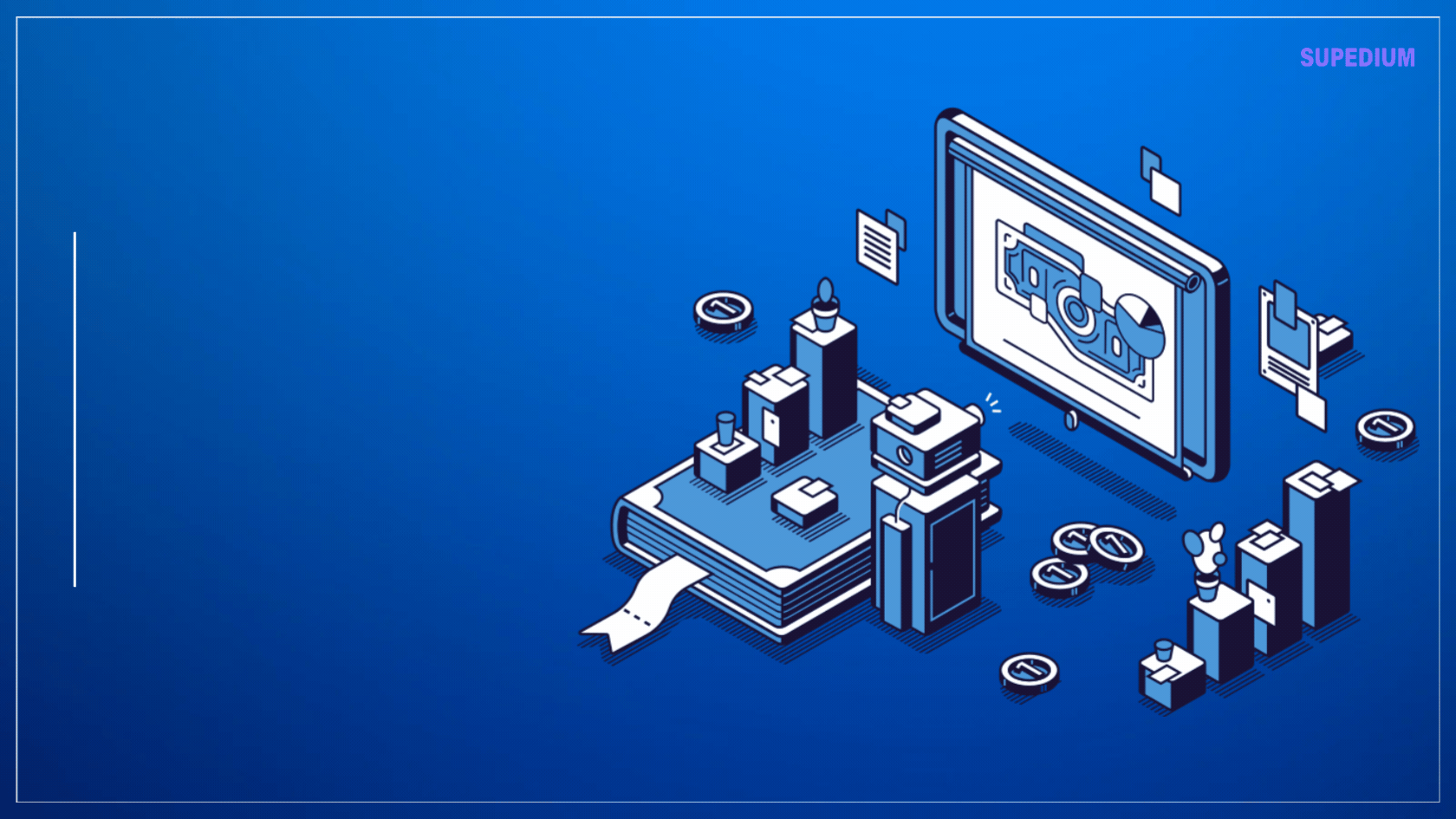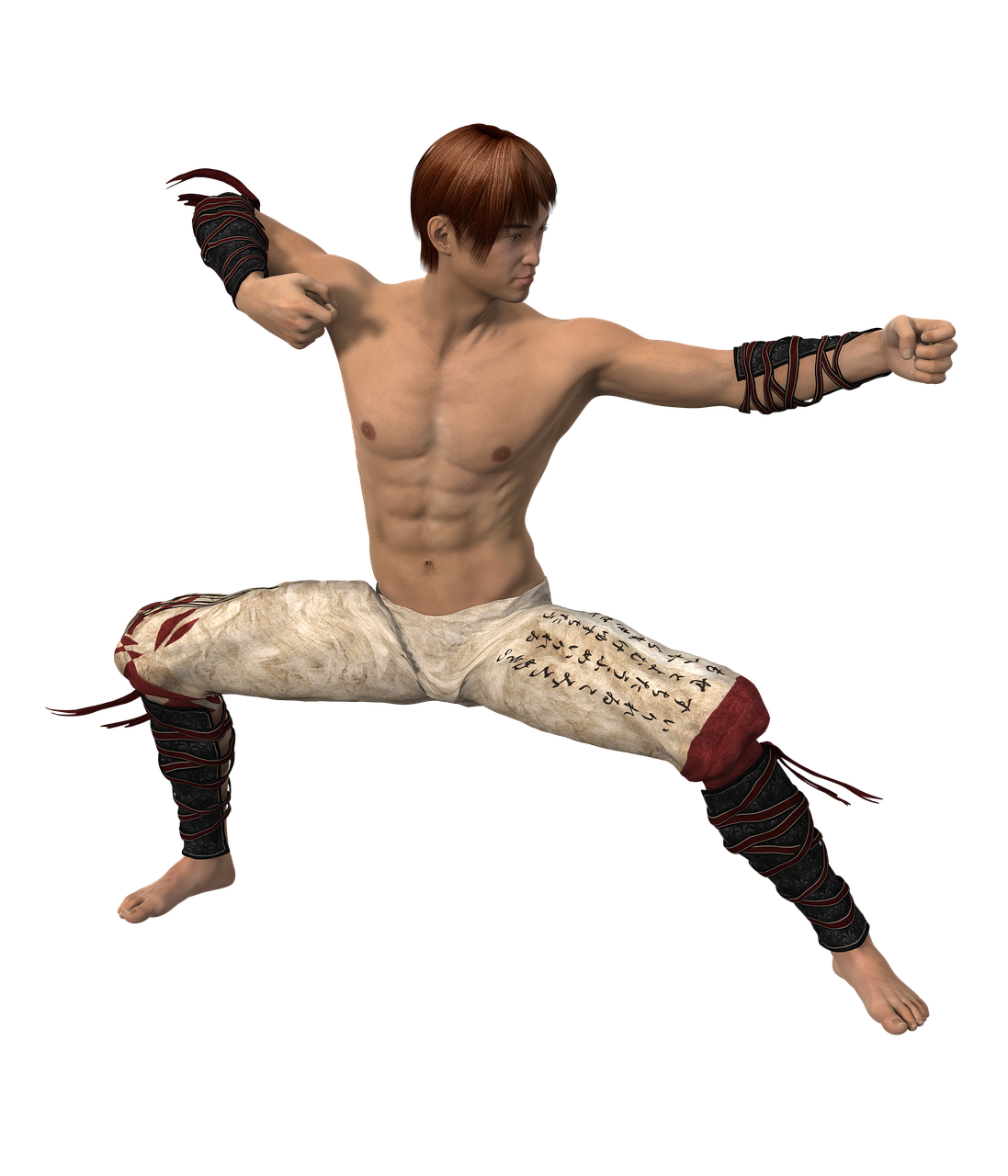Table of Contents
![]()
In the learning process called classical conditioning, the unconditioned stimulus (UCS) is one that unconditionally, obviously, and automatically activates a reaction.
In other words, the answer takes place with no prior learning.
When you smell one of your foods, you may feel hungry. In this instance, the food’s odour is the stimulus.
Cases of the Unconditioned Stimulus
In Ivan Pavlov’s classic experiment The smell of food was the stimulus. The dogs in his experimentation start to salivate in response, they would smell the food. No learning is required by this reaction, and it happens.
Some examples of the stimulus contain:
- A feather tickling your nose makes you sneeze. The feather is the stimulus.
- Cutting up an onion makes your eyes water. The onion is the stimulus.
- Pollen from grass and blossoms let you sneeze. The pollen is the stimulus. Your cat running to it’s bowl whenever it smells food. The odour of food is the stimulus.
- A loud bang makes you flinch away from the noise.
- The sudden noise is the stimulus as it triggers a response with no learning.
The unconditioned stimulus Triggers reflex or a response. You don’t need to learn how to react to the stimulus – it occurs.
The Role of the Neutral Stimulus
For learning or conditioning, you can not Have an unconditioned stimulus with no neutral stimulus. For conditioning to happen, To put it differently, you have to begin by pairing a stimulus with an unconditioned stimulus.
A stimulus does not activate any response But when used with an unconditioned stimulus, it can stimulate learning. A fantastic example of a stimulus is a tune or a sound.
The stimulus has no impact on when it is introduced behaviour. It is going to start to cause the same reaction as it’s repeatedly paired with an unconditioned stimulus.
The sound of a door opening could be a neutral stimulus. That noise will come to activate a change in your cat’s behaviour, like you feeding your cat if this sound is paired with an unconditioned stimulus. You may respond as though it’s being fed every time it hears the door open When an association has been formed.
How Much Time Impacts Acquisition or Learning of a Behavior
Through the conditioning process, a number are of Factors that could influence associations are learned.
The time that passes between introducing the neutral The stimulus and stimulus are among the main factors in whether learning will happen.
Of the stimulus and the unconditioned stimulus, the timing Are presented is what affects whether an association will be formed, a principle that’s referred to as the congruity theory.
The way the UCS Works in Dentistry
In the tone of this bell, Ivan Pavlov’s famous experiment, for example, While the smell of food was the stimulus was a stimulus. Presenting the tone near presenting the odour of food results. Ringing the bell, the stimulus, long before the stimulus contributes to a nonexistent or weaker association.
Kinds of conditioning can use arrangement or timing between the UCS and the stimulus.
- In simultaneous conditioning, the impartial Stimulus is presented at the time as the stimulus. This sort of conditioning contributes to weak learning.
- In backward conditioning, The stimulus is given the stimulus and first is presented afterwards. Such conditioning tends to lead to weak learning.
- In trace conditioning, the Stimulus stopped and is introduced the Stimulus is introduced. Such conditioning produces good results.
- In postponed conditioning, the neutral stimulus is introduced and continues while the unconditioned stimulus is supplied. This sort of conditioned generates the best results.





Be the first to comment